Post by Zach Salcido, undergraduate in Psychology pursuing an Interdisciplinary Neuroscience minor at Portland State University. Zach is a valued outreach participant in Noggin K-12 school visits around the Pacific Northwest, including those in Oregon City and Vancouver Public Schools.
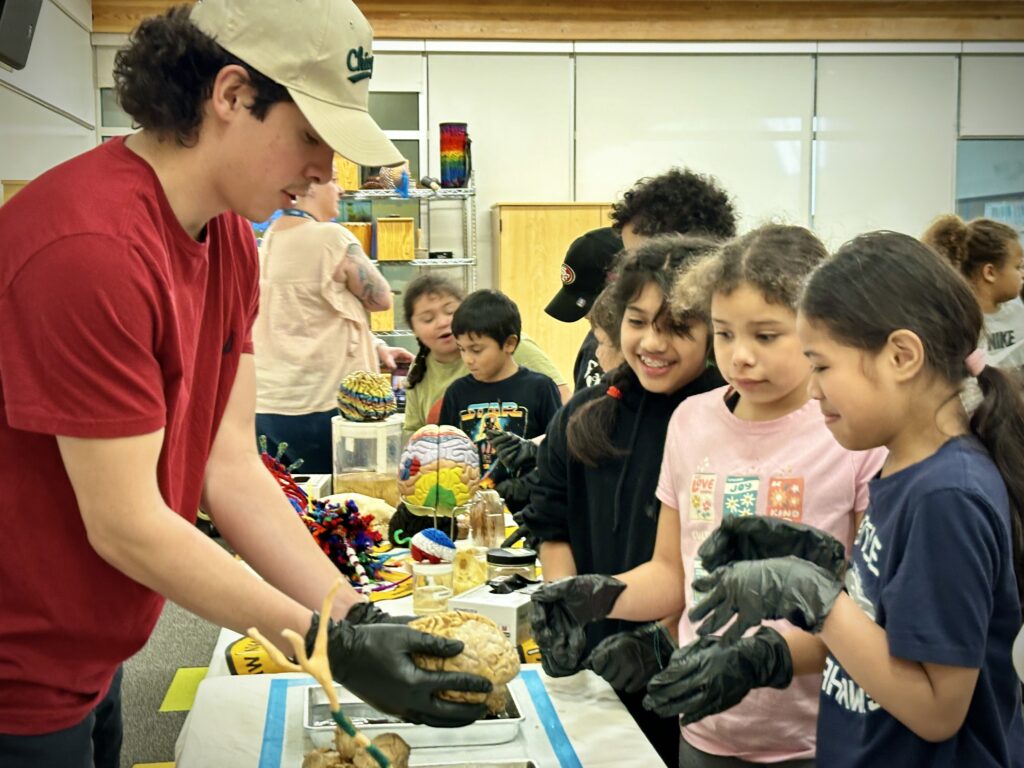
“We live in an age where there is a firehose of information, and there is no hierarchy of what is important and what is not. Where the truth is often fashioned through a variety of digital means. Are you your avatar? Who are you in social media? What face do you turn toward the world? How much does it have in common with who you actually are?”
— David Carr
Social media has become an integral part of modern life, shaping how we connect, share, and communicate. Understanding the neuroscience behind social media reveals its profound impact on our brains, a double-edged sword of both benefits and drawbacks.
Neurobiology of Social Media
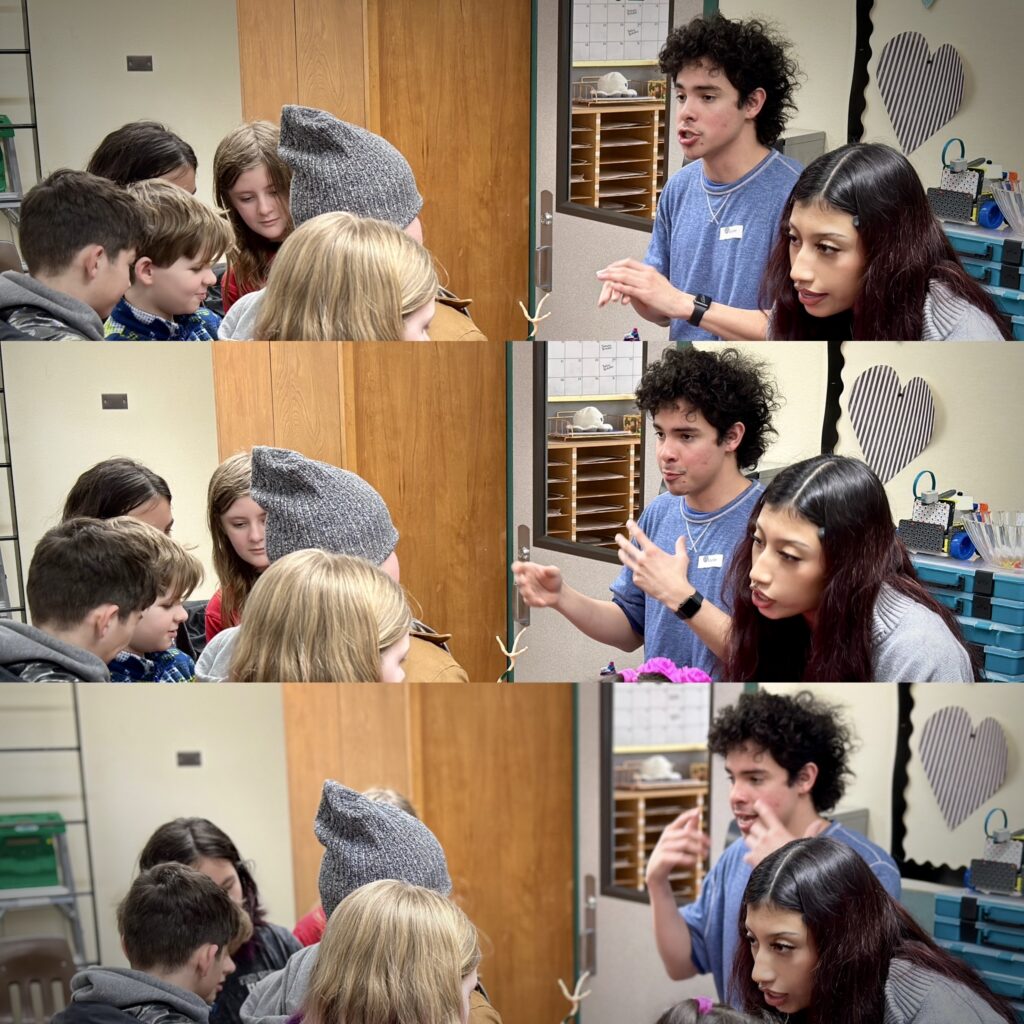
Social media interactions trigger the release of neurotransmitters including dopamine, which increases our motivation for engagement, similar to the anticipation that drives us to do something in order to win a prize. Apps like TikTok, Instagram, and more manipulate these parts of our brains with specific designs and incentives aimed at triggering these regions and keeping us coming back again and again.
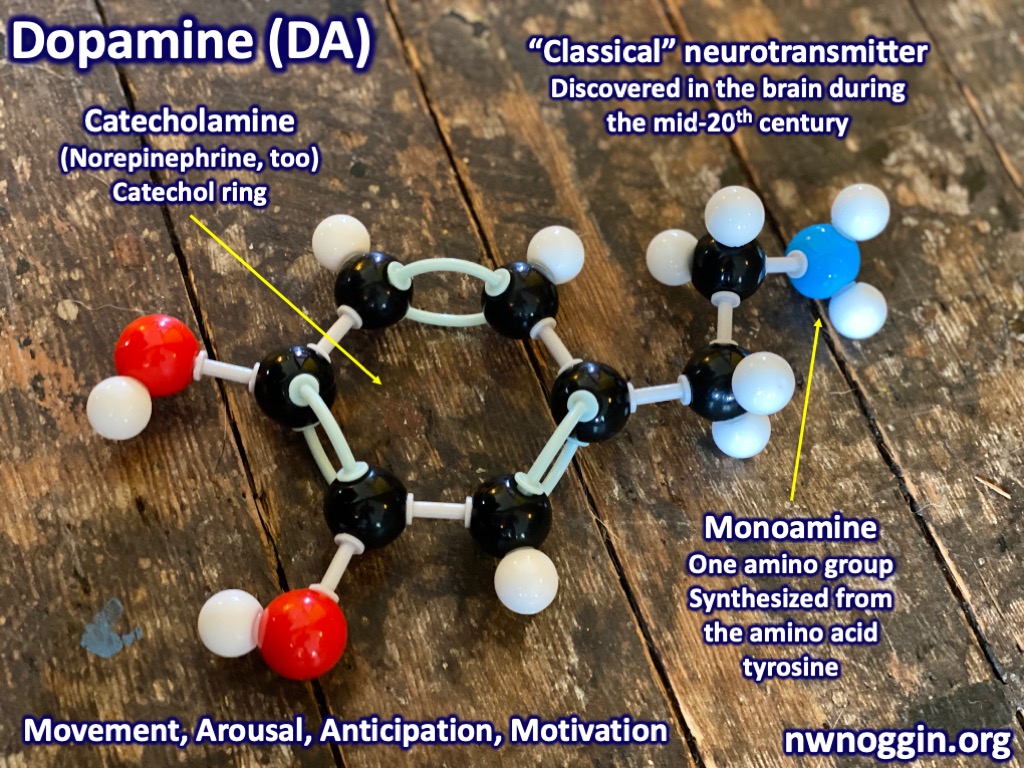
LEARN MORE: Aspiring to Assist
LEARN MORE: Dopamine affects how brain decides whether a goal is worth the effort
LEARN MORE: Dopamine does double duty in motivating cognitive effort
LEARN MORE: What Is the Relationship between Dopamine and Effort?
LEARN MORE: Dopamine release drives motivation, independently from dopamine cell firing
LEARN MORE: What does dopamine mean?
The brain’s reward system, including a subcortical (below the cortex) nucleus called the nucleus accumbens, lights up in response to likes, comments and shares, reinforcing these behaviors.
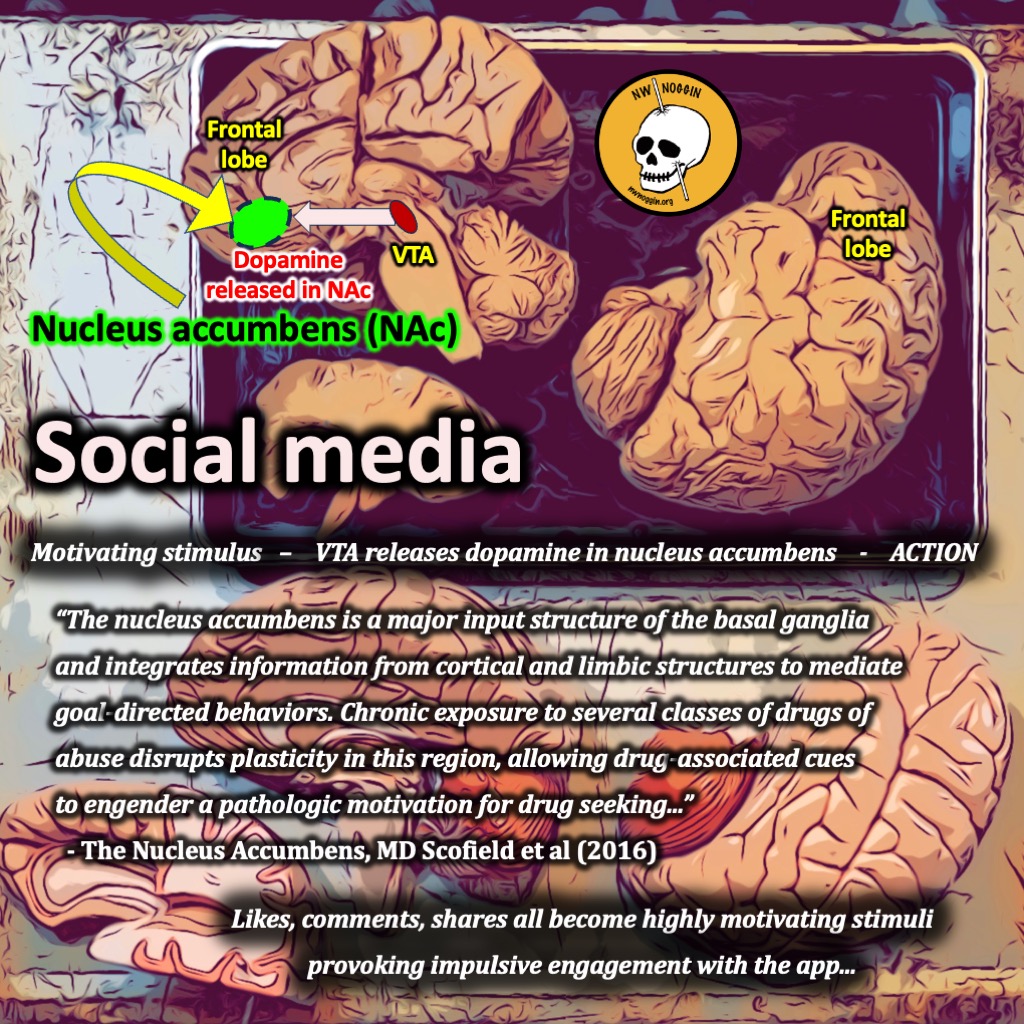
LEARN MORE: The Nucleus Accumbens: Mechanisms of Addiction across Drug Classes
LEARN MORE: The Brain’s Reward System in Health and Disease
LEARN MORE: Unlocking the brain secrets of social media through neuroscience
LEARN MORE: What the brain ‘Likes’: neural correlates of providing feedback on social media
LEARN MORE: The impact of the digital revolution on human brain and behavior: where do we stand?
LEARN MORE: The “online brain”: how the Internet may be changing our cognition
LEARN MORE: The Emerging Neuroscience of Social Media
Is social media truly “social?”
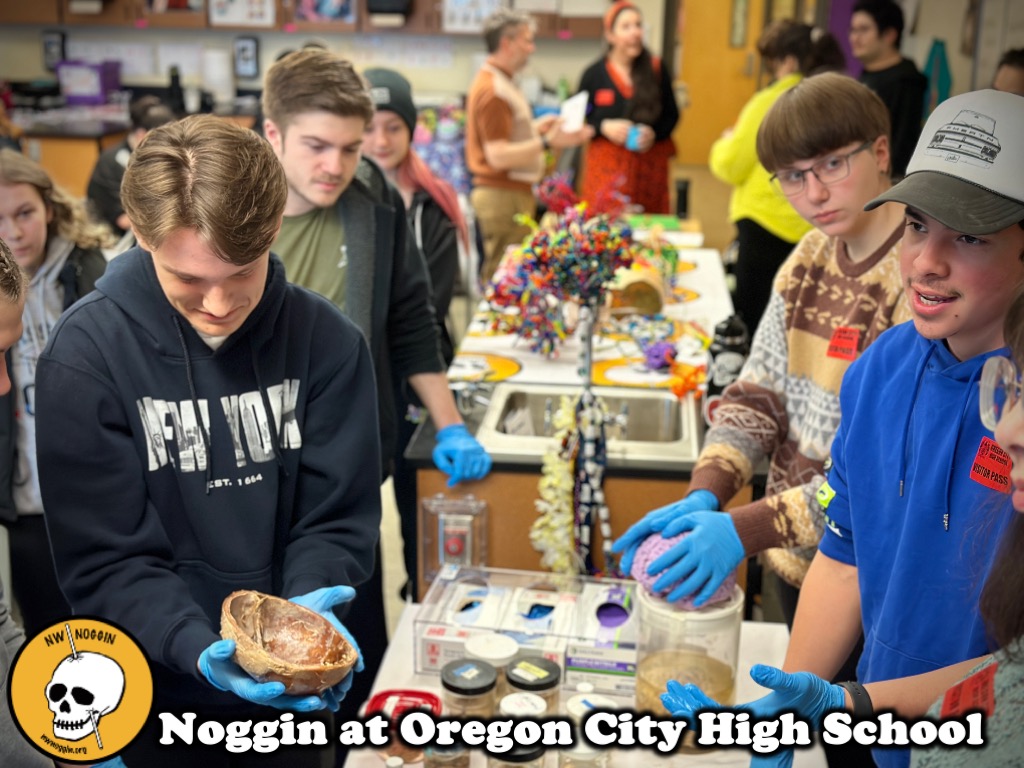
What does being social mean?
To me, being social revolves around human interaction and connection. While social media allows for easy accessibility to online communication and engagement, it differs from in-person social experiences in significant ways. In person interactions involve real-time communication, visible body language and physical presence, which offers opportunities for deeper understanding and relationships.
Social media as a concept is easy to grasp since humans are social creatures.
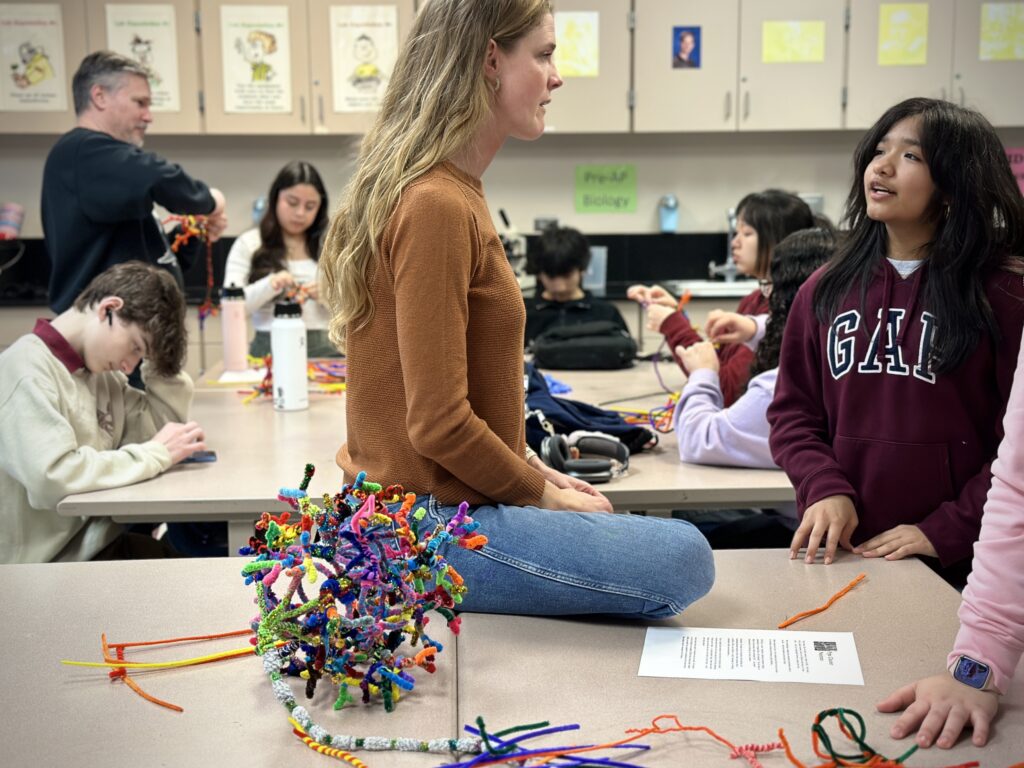
Social media lacks many important in person features and can potentially lead to more superficial interactions and isolation despite extensive connections online. Loneliness is a significant public health problem in the United States, one recently highlighted by the U.S. Surgeon General.
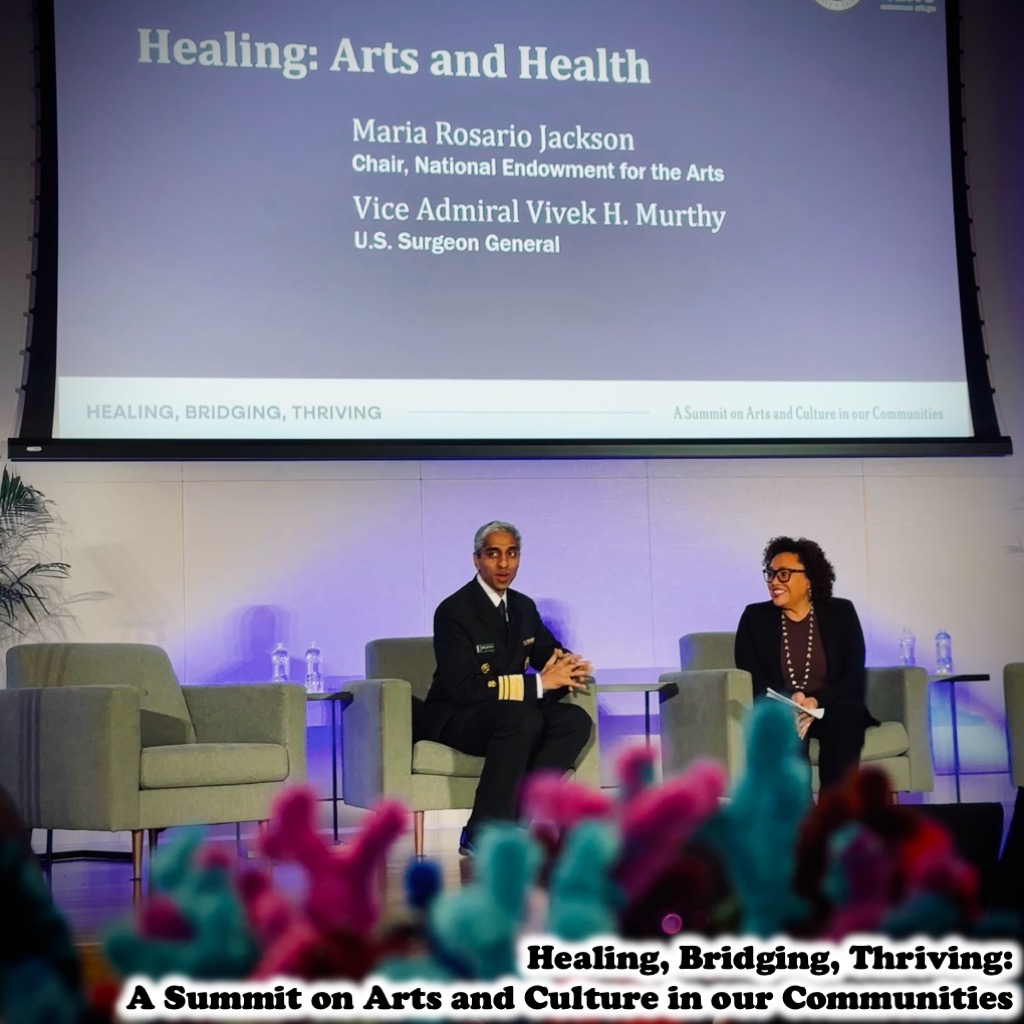
This raises serious questions about whether social media is encouraging healthy social engagement, or even the kind of society that lets us connect with each other and thrive.
“We must acknowledge the growing body of research about potential harms, increase our collective understanding of the risks associated with social media use, and urgently take action to create safe and healthy digital environments that minimize harm and safeguard children’s and adolescents’ mental health and well-being during critical stages of development.”
— U.S. Surgeon General Vivek Murthy
LEARN MORE: STEAMing back to Washington!
LEARN MORE: Our Epidemic of Loneliness and Isolation
LEARN MORE: The Power of Connection: How It Can Improve Our Health
From a neuroscientific perspective, social engagement activates reward pathways in the brain, similar to other motivated activities. However, the constant validation and dopamine hits from social media likes and comments can create addictive behaviors and negatively impact mental health.
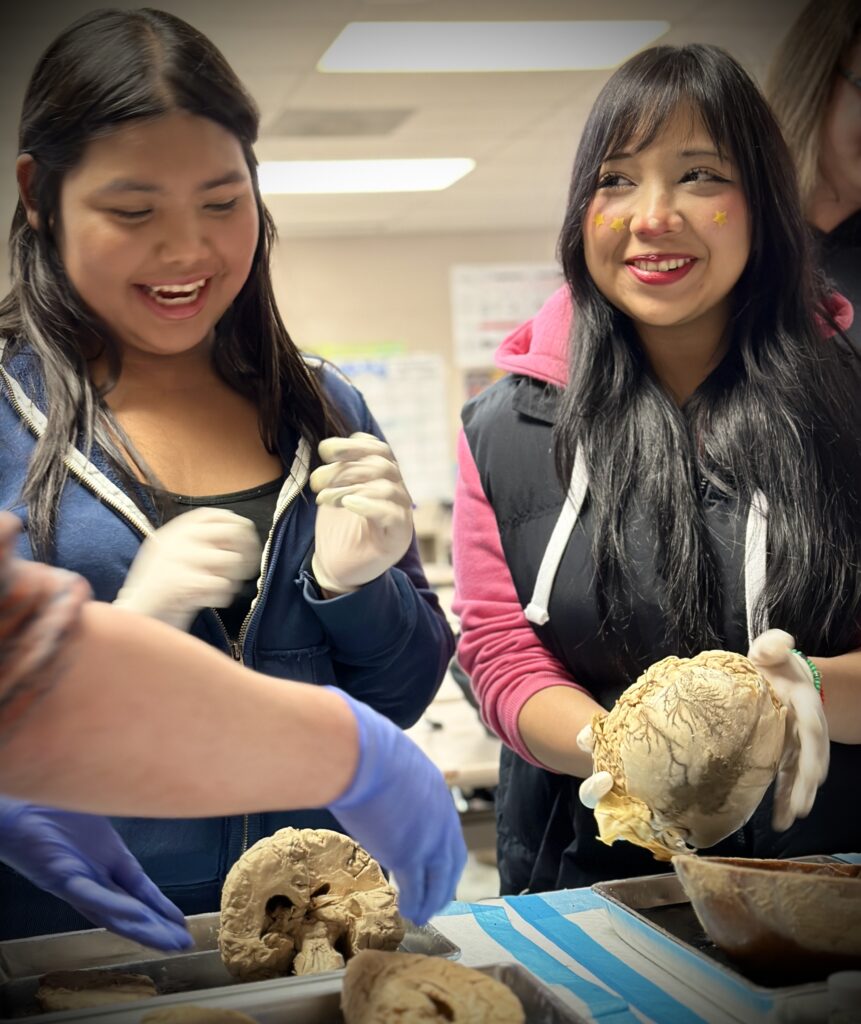
Social media can provide an important form of social engagement, but it may not always promote the healthiest deployment of our brain’s reward pathways. Scrolling can, for example, lead to poor sleep, online harassment, poor body image, low self-esteem, and a higher risk of depression.
LEARN MORE : Social Media Has Both Positive and Negative Impacts on Children and Adolescents
LEARN MORE: Social media brings benefits and risks to teens. Here’s how psychology can help identify a path forward
LEARN MORE: The impact of the digital revolution on human brain and behavior: where do we stand?
Positive Effects
However, there are some significant positive impacts. Social media bridges geographical gaps, allowing people to maintain relationships across the globe and find like-minded communities. These platforms offer a canvas for self-expression and creativity, empowering individuals to share their art, photography, and stories. Support networks on social media can also provide solace and empowerment for those facing health challenges or seeking personal development.
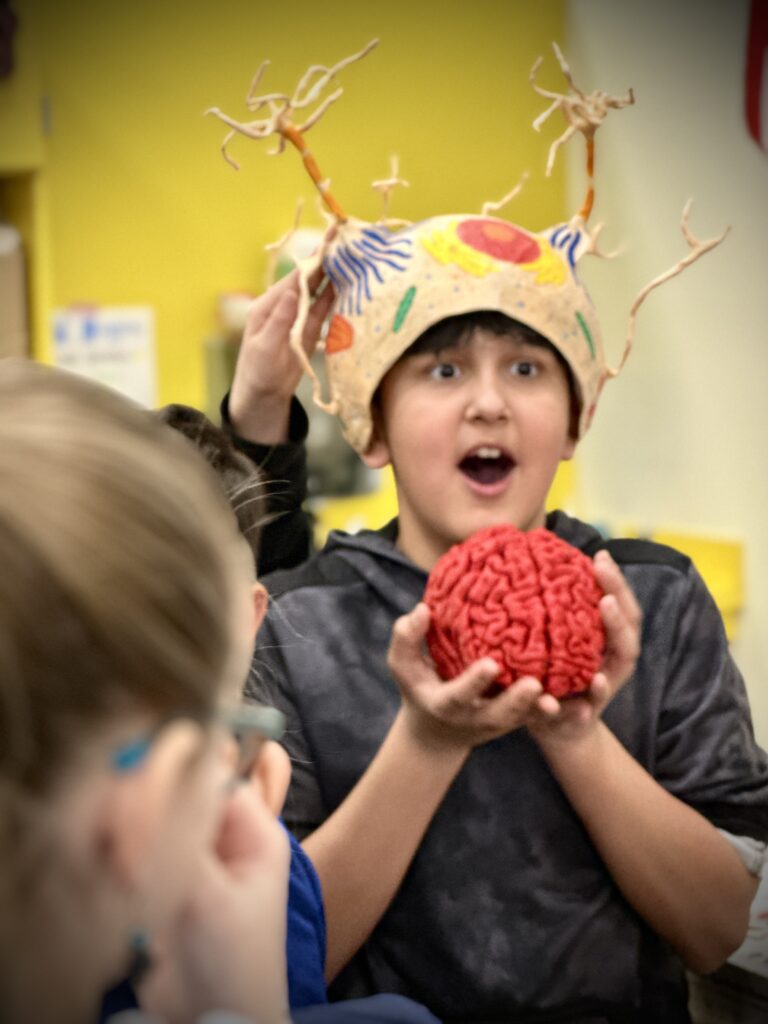
Additional positive impacts include:
- Social media can benefit youth by providing positive connections with others, and allowing them to create supportive communities.
- It allows access to important information and creates a space for self-expression.
- Online friendships and social connections can be formed and maintained, offering opportunities for positive interactions with diverse peer groups.
- Social media can provide crucial social support, especially for marginalized youth, such as racial, ethnic, and sexual and gender minorities.
- Studies show that social media supports the mental health and well-being of LGBTQIA+ youths by enabling peer connection, identity development, and social support.
- Adolescent girls of color often encounter positive or identity-affirming content related to race on social media platforms.
- The majority of adolescents report feeling more accepted, supported through tough times, able to show their creative side, and more connected to their friends’ lives through social media.
- Research suggests that social media-based mental health interventions can promote help-seeking behaviors and serve as a gateway to initiating mental health care for some children and adolescents.
“…studies have shown that social media may support the mental health and well-being of lesbian, gay, bisexual, asexual, transgender, queer, intersex and other youths by enabling peer connection, identity development and management, and social support. Seven out of ten adolescent girls of color report encountering positive or identity-affirming content related to race across social media platforms. A majority of adolescents report that social media helps them feel more accepted (58%), like they have people who can support them through tough times (67%), like they have a place to show their creative side (71%), and more connected to what’s going on in their friends’ lives (80%).”
— Social Media and Youth Mental Health
LEARN MORE: Pros & cons: impacts of social media on mental health
LEARN MORE: Social media use can be positive for mental health and well-being
LEARN MORE: Social Media–Driven Routes to Positive Mental Health Among Youth
LEARN MORE: APA chief scientist outlines potential harms, benefits of social media for kids
LEARN MORE: Social Media Use and Its Connection to Mental Health: A Systematic Review
LEARN MORE: The Cognitive Benefits of Social Media Use in Later Life
Negative Effects
Yet there are negative impacts too. Social media addiction is a real concern, with users reporting anxiety and restlessness when unable to check their feeds. Comparing oneself to others on social media can lead to feelings of inadequacy and low self-esteem, known as the “social comparison effect.” Excessive screen time can reduce attention span and contribute to a sense of isolation despite being connected online.
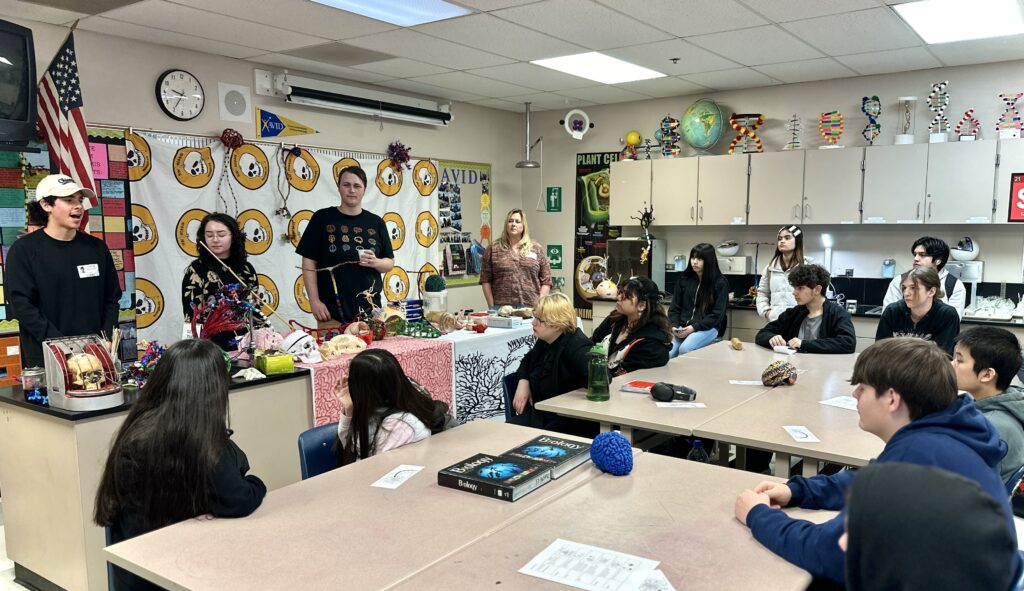
Additional negative impacts include:
- Increased Isolation: Despite the illusion of being connected, excessive social media use can actually lead to a sense of isolation and loneliness, as virtual interactions replace face-to-face connections.
- Sleep Disruption: The blue light from screens, along with the mental stimulation from late-night social media use, can interfere with sleep patterns, leading to insomnia and decreased sleep quality.
- Cyberbullying: Social media platforms can be hotspots for bullying and harassment, which can cause emotional distress, anxiety, and depression in victims.
- Privacy Concerns: Oversharing on social media can lead to privacy breaches and the potential misuse of personal information by third parties.
- Impact on Physical Health: Long hours of inactivity and screen time associated with social media use can contribute to health issues such as obesity and eye strain.
- Information Overload: The constant stream of notifications, messages, and updates can lead to information overload, making it challenging to process information and leading to stress.
- FOMO (Fear of Missing Out): Social media can exacerbate feelings of FOMO, leading individuals to constantly check their devices and feel anxious about not being up to date with the latest news or events, which can detract from real-life experiences and present moments.
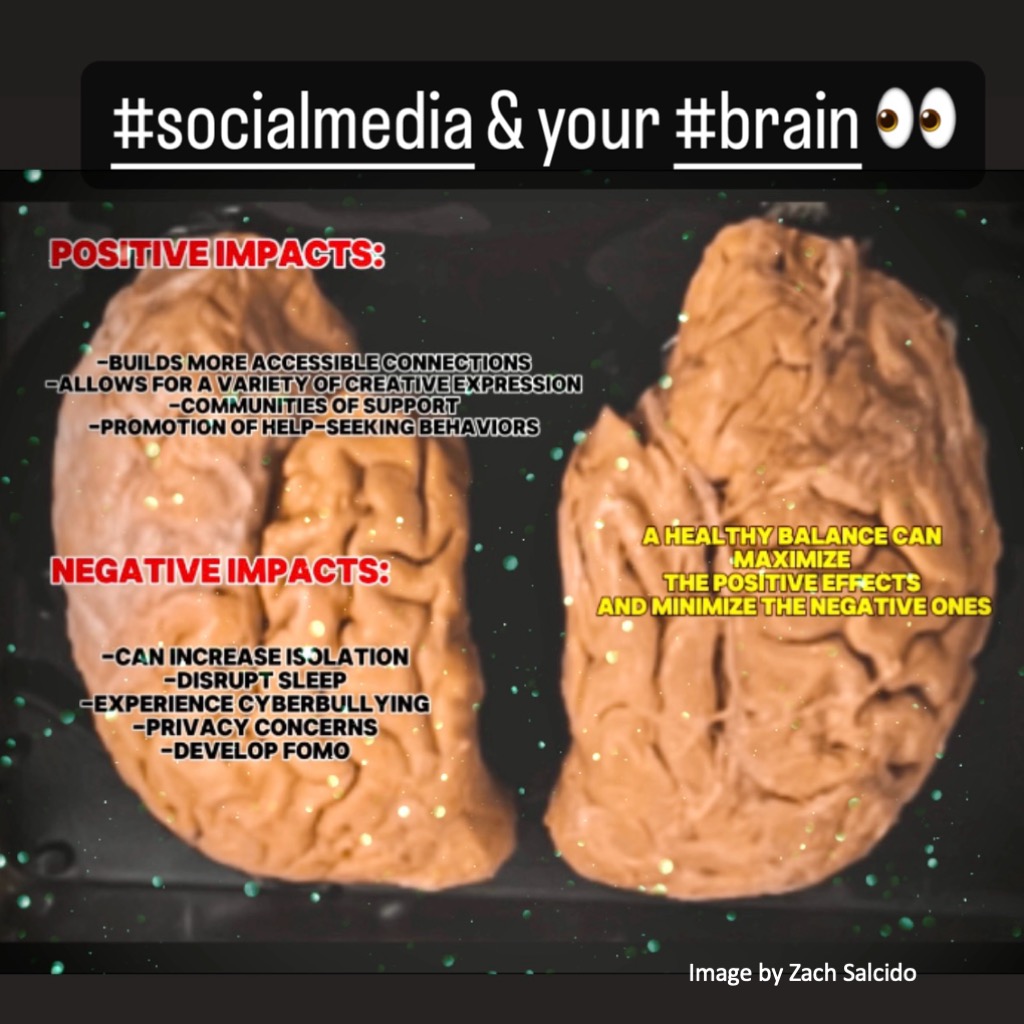
LEARN MORE: Social comparisons: A potential mechanism linking problematic social media use with depression
LEARN MORE: What Drives Mental Health and Well-Being Concerns: A Snapshot of the Scientific Evidence
LEARN MORE: The contributions of social comparison to social network site addiction
Neuroplasticity and Social Media
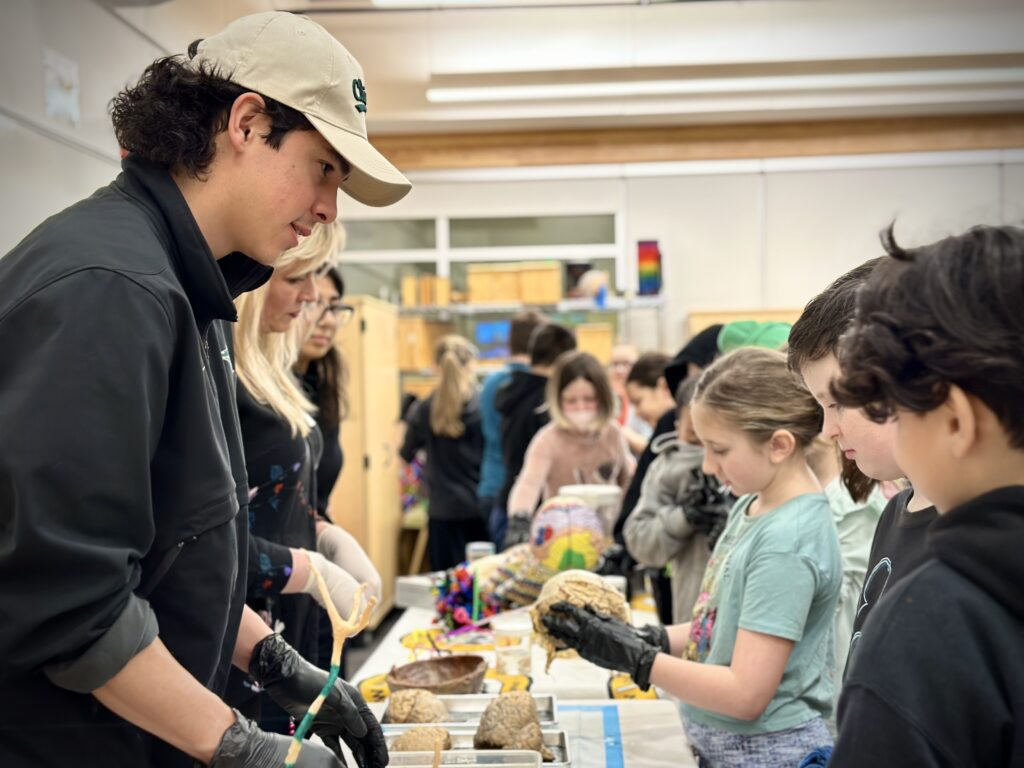
The brain’s ability to reorganize itself based on experience, known as neuroplasticity, is evident in how social media habits shape neural pathways. There are some significant documented impacts of excessive social media use.
Decreased Attention Span
Excessive social media use has been linked to shorter attention spans.
“Distracted from distraction by distraction”
— T. S. Eliot
LEARN MORE: The impact of the digital revolution on human brain and behavior
LEARN MORE: Electronic media use, reading, and academic distractibility in college youth
LEARN MORE: Why Are We Distracted by Social Media?
Reward System Activation
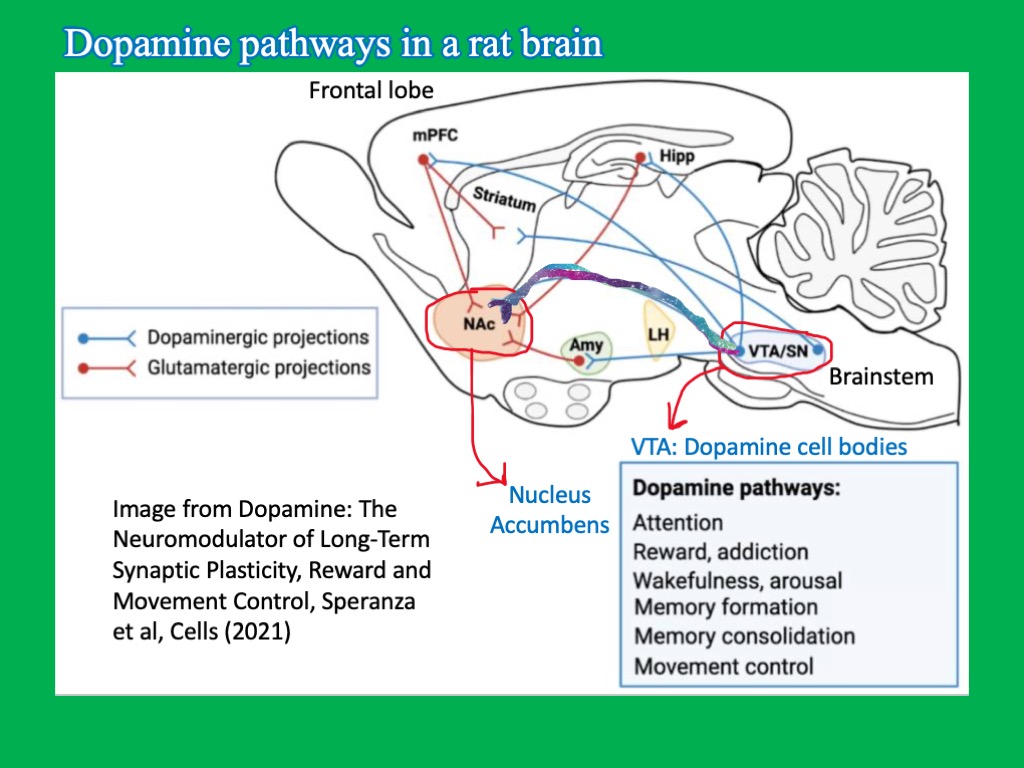
Social media platforms can activate the brain’s reward system, including that VTA to nucleus accumbens dopamine pathway. This area is stimulated by ‘likes’ and other forms of social validation, which can be likened to the effects of addictive substances, potentially leading to compulsive use patterns.
“There are only two industries that call their customers ‘users’: illegal drugs and software.”
— Edward Tufte
LEARN MORE: Dopamine: The Neuromodulator of Long-Term Synaptic Plasticity, Reward and Movement Control
Altered Social Cognition and Empathy
There’s evidence suggesting that excessive social media use may affect areas of the brain involved in social cognition and empathy, such as the prefrontal cortex. In some studies, social media use correlated with reduced empathetic social skills among adolescents.
LEARN MORE: Media use, attention, mental health and academic performance among 8 to 12 year olds
LEARN MORE: The Struggle for Human Attention: Between the Abuse of Social Media and Digital Wellbeing
LEARN MORE: Exploring the Impact of Internet Use on Memory and Attention Processes
LEARN MORE: Social Media Use and Perceived Emotional Support Among US Young Adults
LEARN MORE: Brain anatomy alterations associated with Social Networking Site (SNS) addiction
LEARN MORE: Social Media and Empathy Around the Globe
My Tips for Healthy Social Media Use
As someone who has experienced the negatives of social media firsthand, I understand the temptation to scroll endlessly, seeking validation and connection. Recognizing this pattern was the first step towards reclaiming my mental space and time.
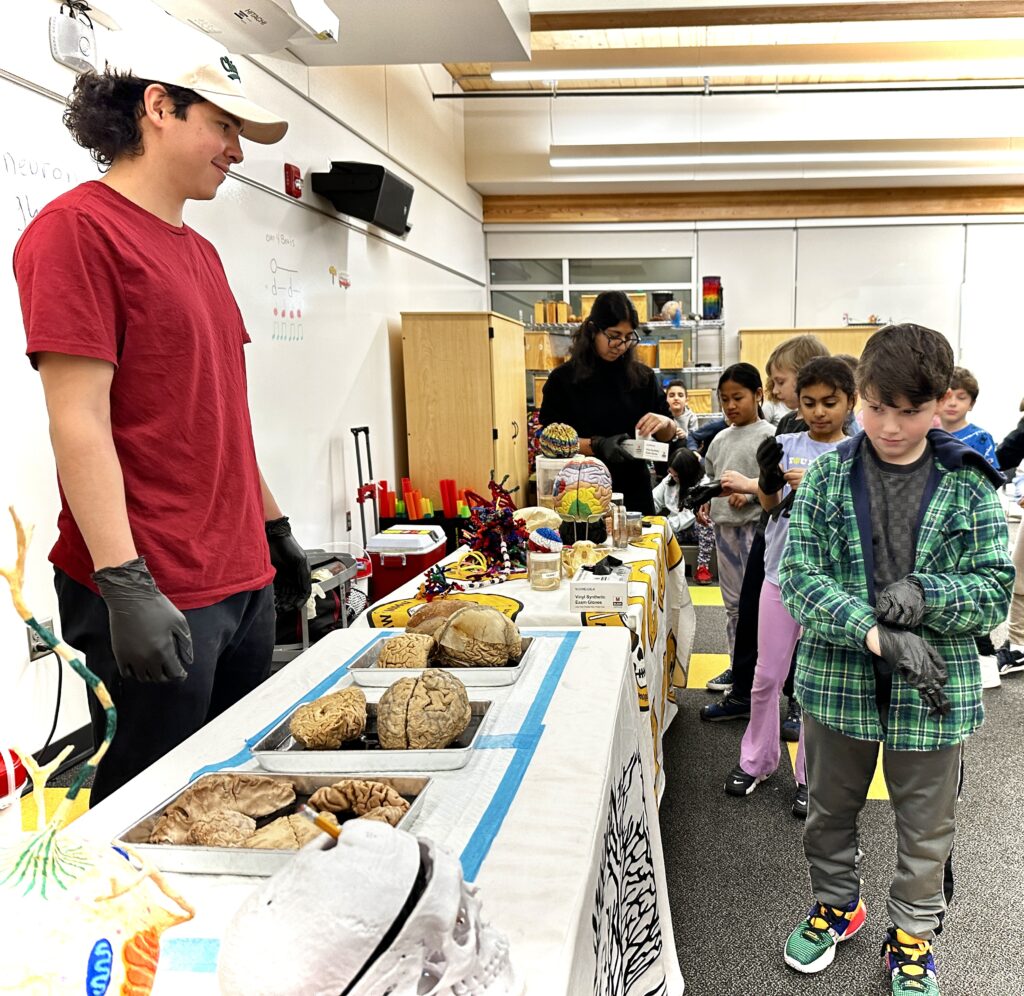
I started by implementing small changes, such as dedicating specific times of the day to check social media rather than allowing it to interrupt my life constantly. This small but significant shift helped me regain control over my time and attention.
I’ve embraced the practice of consuming content more consciously, choosing to follow accounts and engage with posts that truly add value to my life — whether by educating, inspiring, or simply making me smile. This selective engagement has transformed my feed into a source of positivity and motivation, rather than a rabbit hole for comparison and isolation.
I also visited Fort Vancouver High School in Vancouver, Washington this winter, and spoke with 9th – 12th graders about social media use. Students were very aware of the negative effects, including the impact of excessive digital interactions on their mental health and well-being.
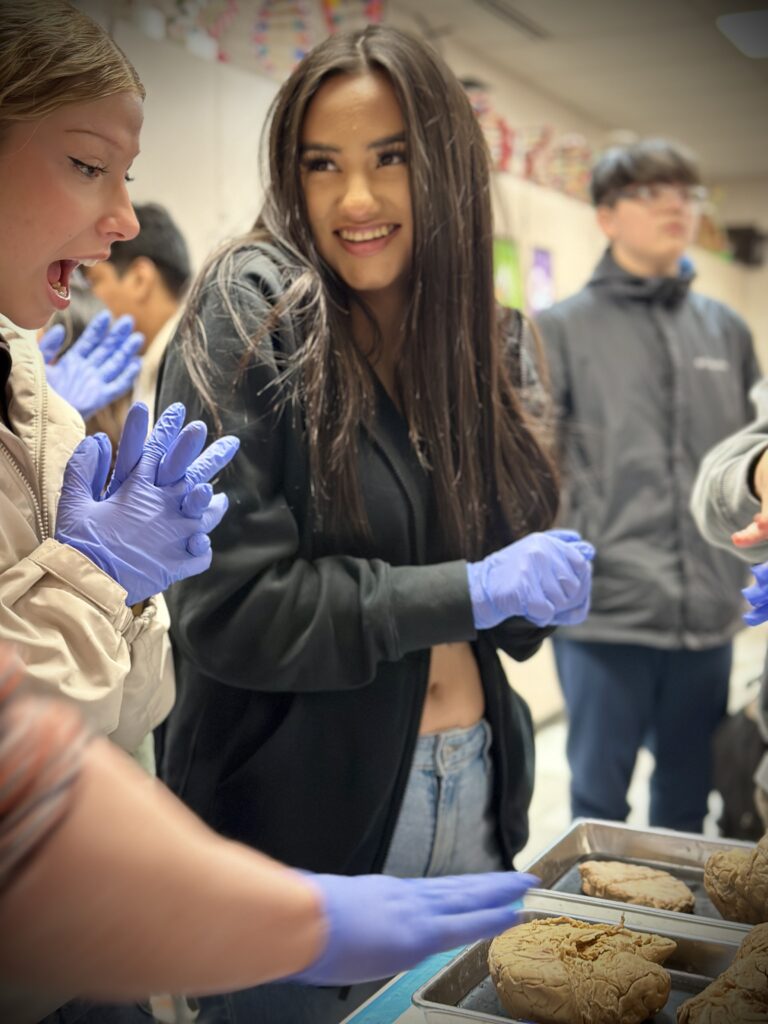
LEARN MORE: Trapper Keeper!
These students belong to a generation often criticized for screen time, but I find many young people with a strong interest in understanding and limiting the negative aspects of their social media use.
The students I spoke with clearly understood the importance of balance and finding time to engage in organic relationships offline. Students suggested using the built-in social media limiting apps on phones as well as setting up a routine to establish greater discipline. Some pointed out that adults in their lives had similar or even more extensive issues with using social media platforms than they did themselves.
LEARN MORE: Does a 7-day restriction on the use of social media improve cognitive functioning and emotional well-being?
LEARN MORE: Benefits and harms of social media use: A latent profile analysis of emerging adults
LEARN MORE: Impact of Limiting Time Spent on Social Media
Personally I’ve found that balance is key in my own life, too.
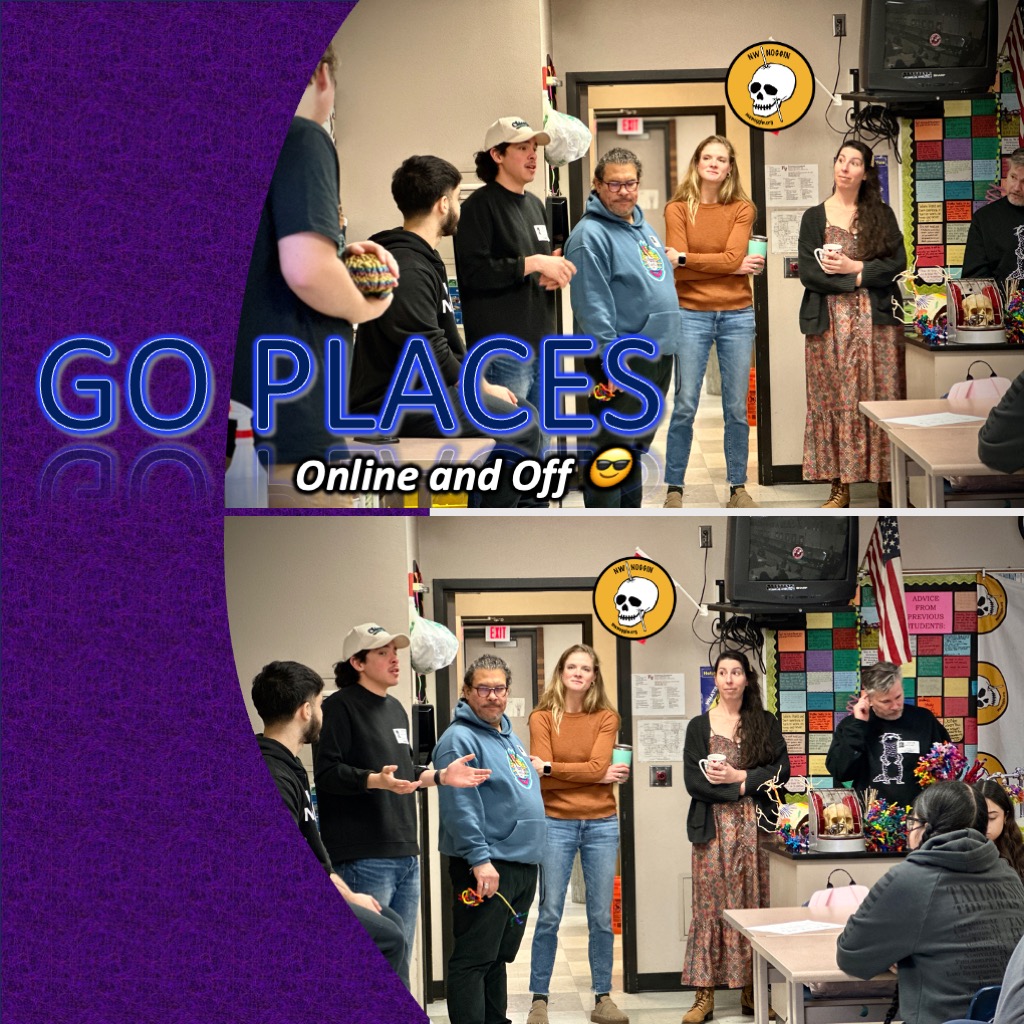
While it’s essential to disconnect and engage in the real world, I’ve also realized that social media can be a valuable tool for staying connected with others, sharing ideas, and finding inspiration. By setting boundaries and being mindful of my usage, I’ve been able (most of the time!) to enjoy the benefits of social media while maintaining a healthy relationship with it.


